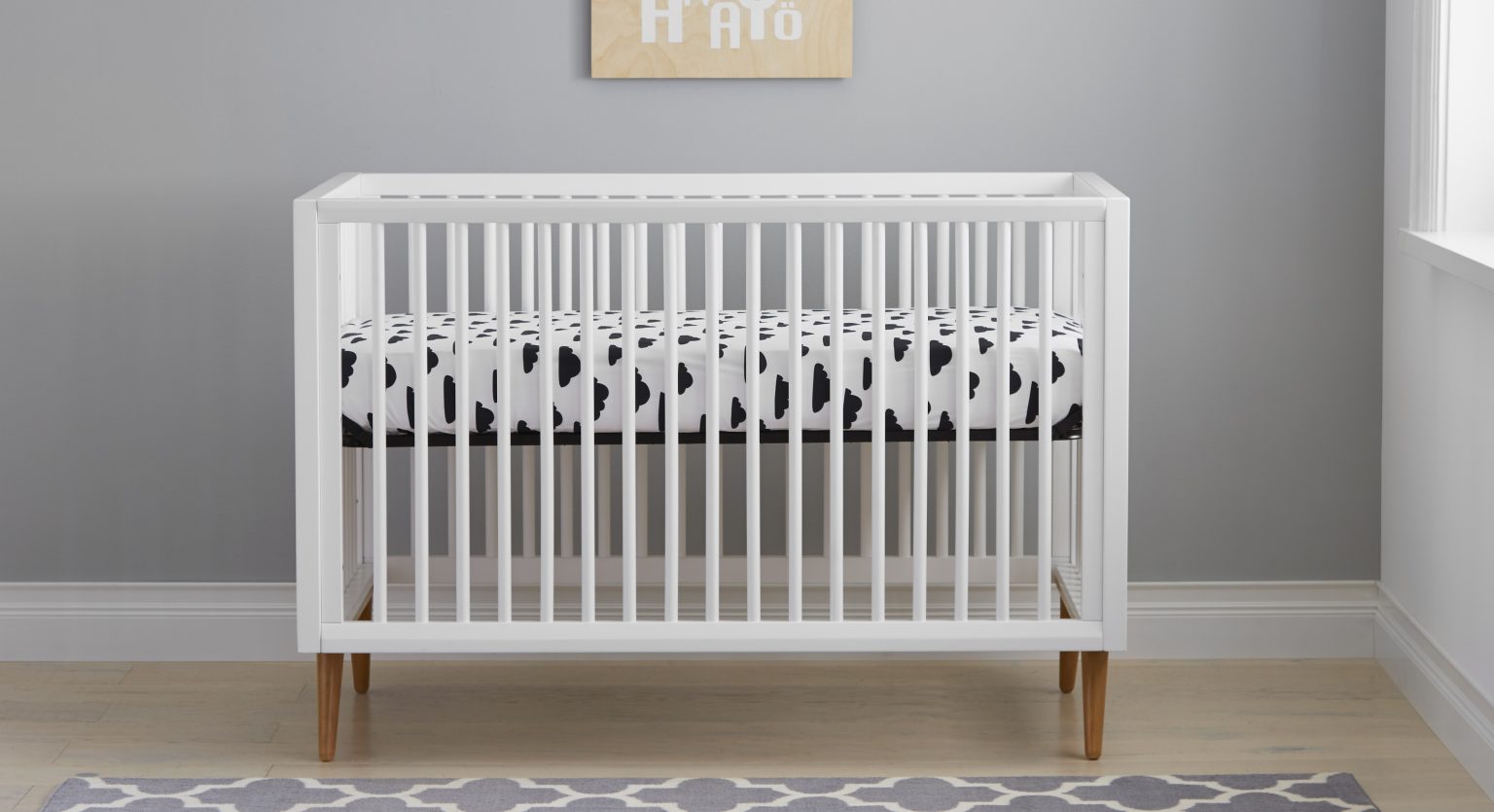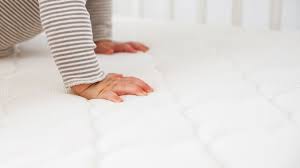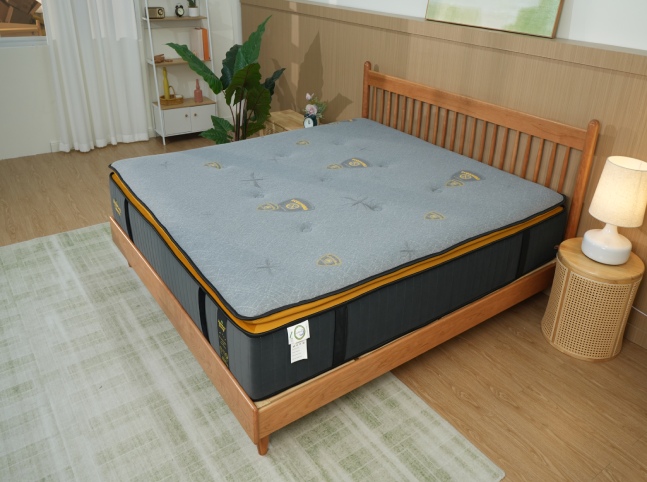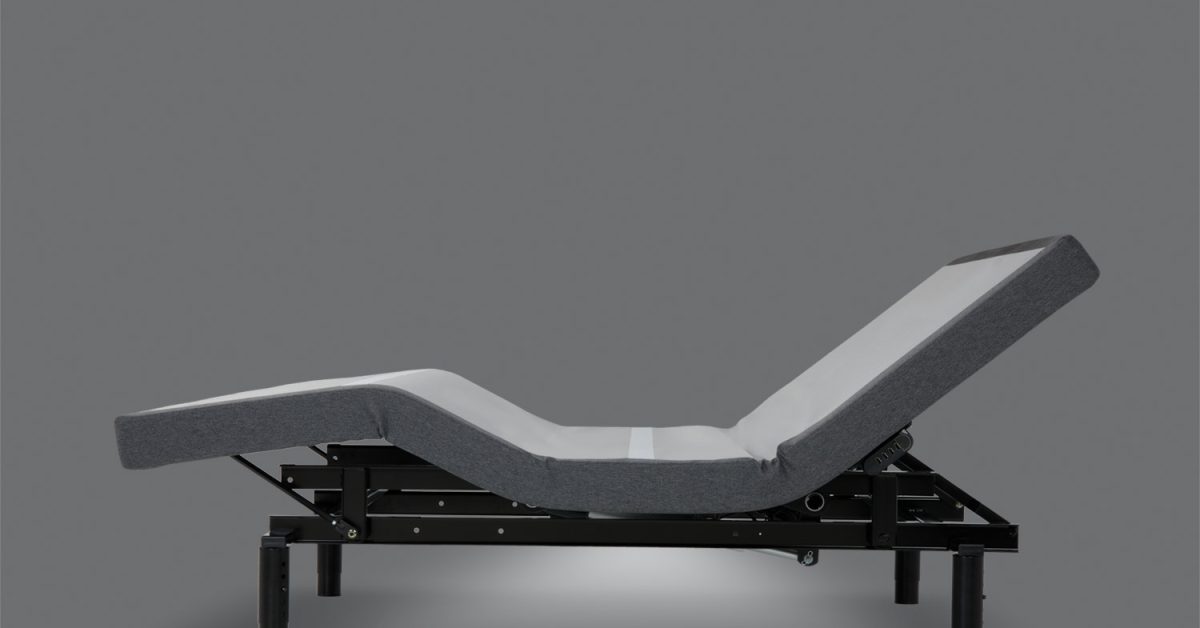The crib is the most essential item in the nursery, closely followed by the crib mattress, which is the second most important piece of furniture.
Since infants spend most of their time on this sleep surface, the crib mattress size and quality are crucial. The mattress significantly impacts comfort, breathing, and overall sleep quality.
A comfortable baby sleep environment is vital in growth, development, therapeutic processes, temperature regulation, and stress prevention.
While much is discussed about the sleep environment and the importance of good sleep, the specific structural factors that influence crib mattress size are often overlooked in discussions about baby bed linens or product design.
Although there are articles on the size, shape, and structure of crib mattresses, they rarely address the critical importance of crib mattress size in ensuring a safe and comfortable sleep environment for babies.
Factors to Consider When Choosing a Crib Mattress Size
Despite the crucial role that crib mattresses play in baby product design, there seems to be a disconnect between consumer needs and the products available in the market.
The dimensions recommended by ASTM F1169 for crib mattress sizes differ from the maximum dimensions of many mattresses currently available, and there is noticeable variation in these dimensions across different products.
There has been limited analysis of whether market products conform to ASTM standard guidelines for crib mattress size.
While any of the available products might fit into a crib, it is essential to provide the comfort that every baby requires.
The crib mattress size is crucial for your baby’s sleep quality and safety. If the mattress is too small, it can leave gaps between the mattress and the crib, posing a risk where your baby could get trapped.
Conversely, a mattress that is too large may not fit correctly, leading to bending or bowing, which can make it both uncomfortable and unsafe for your baby.
When selecting a crib mattress, consider the following factors to ensure a perfect fit:
1. ASTM F1169 Compliance:
Adherence to ASTM F1169 ensures the mattress meets specific safety standards, including dimensions and materials. This helps prevent suffocation and other hazards.
The standard outlines the maximum and minimum dimensions for crib mattresses, as well as requirements for firmness, breathability, and flammability.
2. Crib Dimensions:
A mattress that is too small or too large can create gaps between the mattress and the crib, posing a safety risk. A snug fit helps prevent your baby from becoming trapped or entangled.
Measure the interior dimensions of your crib’s base, including the length and width. Ensure the mattress fits snugly within these dimensions. A standard crib mattress should be 52 inches long and 28 inches wide, with no more than a 1-inch gap between the mattress and crib sides.
3. Mattress Thickness:
A thicker mattress provides better support for your baby’s growing body, helping to prevent flat spots and discomfort.
A minimum thickness of 5 inches is generally recommended for crib mattresses. Choose a mattress with an appropriate thickness. For newborns, a thinner mattress (about 3-4 inches) is often preferred to avoid suffocation risks, while older babies might be more comfortable with a thicker option
4. Firmness:
A firm mattress helps prevent suffocation by reducing the risk of your baby’s face becoming pressed against the mattress.
Ensure the mattress is firm enough to provide proper support. A firm mattress also provides adequate support for your baby’s developing spine and muscles.
A soft mattress can increase the risk of suffocation and Sudden Infant Death Syndrome (SIDS).
5. Materials:
Avoid mattresses containing harmful chemicals such as formaldehyde, phthalates, and flame retardants. Look for materials that are certified non-toxic and hypoallergenic.
Consider mattresses made from natural materials like organic cotton, wool, or latex, which are often more breathable and hypoallergenic.
Look for certifications like GREENGUARD Gold or CertiPUR-US to ensure the mattress is free from harmful chemicals.
6. Waterproof Cover:
A waterproof cover can help protect the mattress from accidents and spills, making it easier to clean.
Ensure the waterproof cover is breathable to prevent overheating and suffocation. A waterproof mattress or a waterproof cover is essential for easy cleaning and to prevent mold, mildew, and bacteria from developing.
7. Breathability:
A breathable mattress allows air to circulate freely, preventing overheating and reducing the risk of suffocation. Look for mattresses made from materials that are known for their breathability, such as organic cotton or wool.
8. Certification:
Ensure the crib mattress meets safety standards set by organizations such as the Consumer Product Safety Commission (CPSC). This will ensure the mattress is safe and reliable for your baby.
Greenguard certification indicates that the mattress has low chemical emissions, ensuring a healthier indoor environment for your baby. Other certifications, such as OEKO-TEX Standard 100, guarantee that the mattress is free from harmful substances.
Standard Crib Mattress Sizes
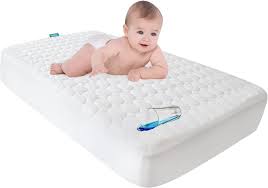 Crib mattresses are usually available in standard sizes, but it’s important to carefully verify the measurements to ensure they fit your crib properly.
Crib mattresses are usually available in standard sizes, but it’s important to carefully verify the measurements to ensure they fit your crib properly.
The most common crib mattress sizes include:
1. The minimum standard crib mattress size is 27.75 inches (70.5 cm) wide by 52.75 inches (134.0 cm) long. The crib mattress must fit snugly within a standard-sized crib to ensure your baby’s safety. All Royal Rest mattresses are specifically designed to match standard crib dimensions and comply with ASTM regulations.
2. Crib mattresses should not exceed 6 inches in height when measured from seam to seam. This height limit helps prevent babies from climbing out of the crib as they grow.
3. Crib mattresses are intentionally made slightly smaller than the standard crib size to ensure a secure fit. However, make sure that the gap between the mattress and the crib walls does not exceed 1 inch.
However, when shopping, always check the actual product measurements rather than the shipping dimensions to confirm the correct crib mattress size. Avoid buying “mini crib” mattresses unless you have a mini crib, as they will be too small for a standard crib.
Selecting the right crib mattress size for your infant is a decision that impacts their comfort, safety, and well-being. By considering factors such as crib type, safety standards, and materials, you can make an informed choice that ensures your baby gets the restful sleep they need for healthy growth.

